
“All it takes is one bad day to reduce the sanest man alive to lunacy.”
Here we are, folks. The big one.
Since its release in 1988, Alan Moore and Brian Bolland’s graphic novel The Killing Joke has been one of the most infamous and controversial Batman stories to exist. Serving as a Joker-centric entry in the Batman mythos, The Killing Joke tells the story of the Joker attempting to drive Commissioner Jim Gordon insane while the Caped Crusader tries to stop him. In addition, the graphic novel gives a pseudo-definitive origin to one of the best villains in comic book history while setting up Barbara Gordon for the next stage in her life as Oracle after becoming paralyzed at the Joker’s hand. For almost its entire existence, audiences have been craving a film adaptation of the story in some way, and, after plenty of false starts, Warner Bros. Animation has delivered with its latest DC Original Animated Movie.
After debuting at San Diego Comic-Con this past weekend, The Killing Joke received a limited theatrical release ahead of its home video debut on August 2, 2016. While originally intended as a one-night only event, the theatrical showings of The Killing Joke were expanded to two nights due to “unprecedented demand.” Clearly, this is the moment that audiences have been waiting for.
So how is the film adaptation of The Killing Joke? It’s…complicated.

The best way of talking about the film is in halves. Since the original graphic novel is nowhere near being long enough for a feature-length film, Brian Azzarello (the acclaimed comic book writer who penned the film) and producer Bruce Timm (the co-creator of Batman: The Animated Series and the DC Animated Universe) wisely decided to add an extended prologue to the story in order to both flesh out the events as well as give a much larger role to Barbara Gordon/Batgirl (in the graphic novel, Gordon’s only real role was as a pawn in the effort to drive the commissioner insane). This prologue is entirely unnecessary to understand the actual events of the main story, but I (personally) appreciated it for giving more development to Barbara. The Killing Joke graphic novel does her absolutely no justice, and she wouldn’t even have been important if not for her connection to the commissioner. By showing her on an actual case and [SPOILER ALERT] the reason that she decides to stop being Batgirl, we develop much more of a connection to her than we would have otherwise. Batman is also given more of a reason to care about her, and I think that works very well in the context of the film that we were given.
I couldn’t do this review without addressing the elephant in the room, so let me talk for a second about Batman and Batgirl’s relationship in The Killing Joke. Ignoring whatever else I know about Batman lore, the relationship works for me in the context of the film. No matter how the characters are presented elsewhere, there isn’t at all a familial bond between the two. In this film, Batman and Batgirl are partners, not father and daughter surrogates (Batman even has a line speaking to this point early on in the story). Is it jarring to have these two characters hook up? Sure. Is it unprecedented? No, not at all. In fact, Bruce Timm had already paired the two up before the events of his Batman Beyond series in the 90’s. I think that the relationship is done in a tasteful way, and it added to the film for me. It’s clear by what happens that both characters make mistakes. When one overreacts about something, the other replies with his or her own overreaction. It goes in a loop of flawed humans, but it works. That’s all I have to say about that.

The second half of the film is where the adaptation of the novel really happens. Just like in the graphic novel, Batman’s quest to seek peace with the Joker is marred by the villain’s latest breakout from Arkham that results in Barbara Gordon getting paralyzed at his hand in an attempt to prove to Batman that even the sanest person can be driven insane by one bad day. I won’t go into the sequence of events in specifics (you either already know what happens or you’ll get to see it play out for the first time through the film), but The Killing Joke(‘s second half) is easily the most faithful adaptation that Warner Bros. Animation has put out so far. Everything about the dual stories works as perfectly as they do in the source material, and it’s so great to finally see this presented in this form. There were also a few small changes to the source material, but each served to enhance the experience (in particular, a musical number is fleshed out that felt like nothing more than a momentary rhyme in the comic, and it’s done in a way that pairs perfectly with the horrific scene taking place at the same time).
The voice acting in The Killing Joke is just as wonderful as you would expect, but Mark Hamill’s return as the Joker is an Oscar-worthy performance. He captures the essence of the character as perfectly as ever, but his ability to play up the parallel between pre- and post-accident Joker is extremely commendable. I really believe this is his best outing as the character yet. In addition, Ray Wise delivers a wonderful performance as Commissioner Jim Gordon, and his heartbreak while being driven to the point of insanity is expressed in a way that truly grips you. Speaking of the film’s audio, the soundtrack to the film is spectacular. The theatrical showing of The Killing Joke included a short featurette on the soundtrack’s creation, and it’s great to see the live string orchestra play what underscores the horror and emotion of the film.
As far as the visuals of the film go, the animation is spot-on. My only complaint is that there were some CG elements (particularly during a car chase and a merry-go-round) that stood out and sometimes distracted, but the remainder of the film was visually appealing. There were plenty of great Easter eggs, too, that fans will enjoy discovering (for example, there’s a great homage to Heath Ledger’s Joker from The Dark Knight that you can see when Batman is standing at the Batcomputer). With these Easter eggs also comes some new connections to classic Batman lore that just weren’t present in the original graphic novel (such as a reference to Jason Todd’s death at the hand of the Joker). Finally, the film frequently employed tonal shifts between horror and comedy, and these shifts worked every single time (there’s one particular moment during the film’s finale in which the Joker realizes he’s using the wrong gun that caused the entire theater to burst out laughing).
In conclusion, The Killing Joke is about as solid of an adaptation of the graphic novel as we could ever hope to get. The prologue may be unnecessary, but, for me, it added a lot to the story that only enhanced my enjoyment. There were some questionable decisions and some distracting animation throughout, but, overall, I believe this is one of the best animated films that we’ve ever gotten from DC.
Have you been able to check out The Killing Joke? What are your thoughts on the adaptation? What about the changes and additions? Let us know all your thoughts in the comments down below!
[Photo Credit: Warner Bros. Animation]
 Follow Us
Follow Us
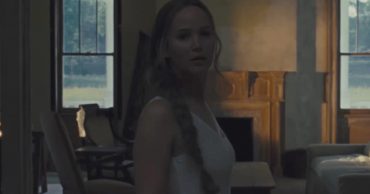
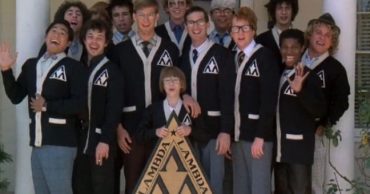
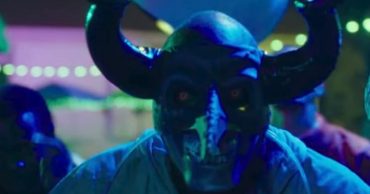
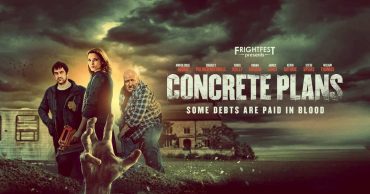

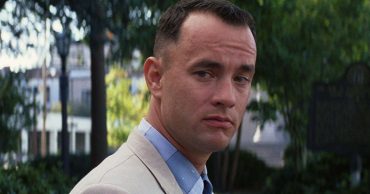
Visitor Rating: 5 Stars
Visitor Rating: 5 Stars
Visitor Rating: 1 Stars
Visitor Rating: 5 Stars
Visitor Rating: 1 Stars
Visitor Rating: 5 Stars
Visitor Rating: 3 Stars
Visitor Rating: 1 Stars
Visitor Rating: 5 Stars
Visitor Rating: 5 Stars
Visitor Rating: 5 Stars
Visitor Rating: 5 Stars
Visitor Rating: 4 Stars
Visitor Rating: 3 Stars